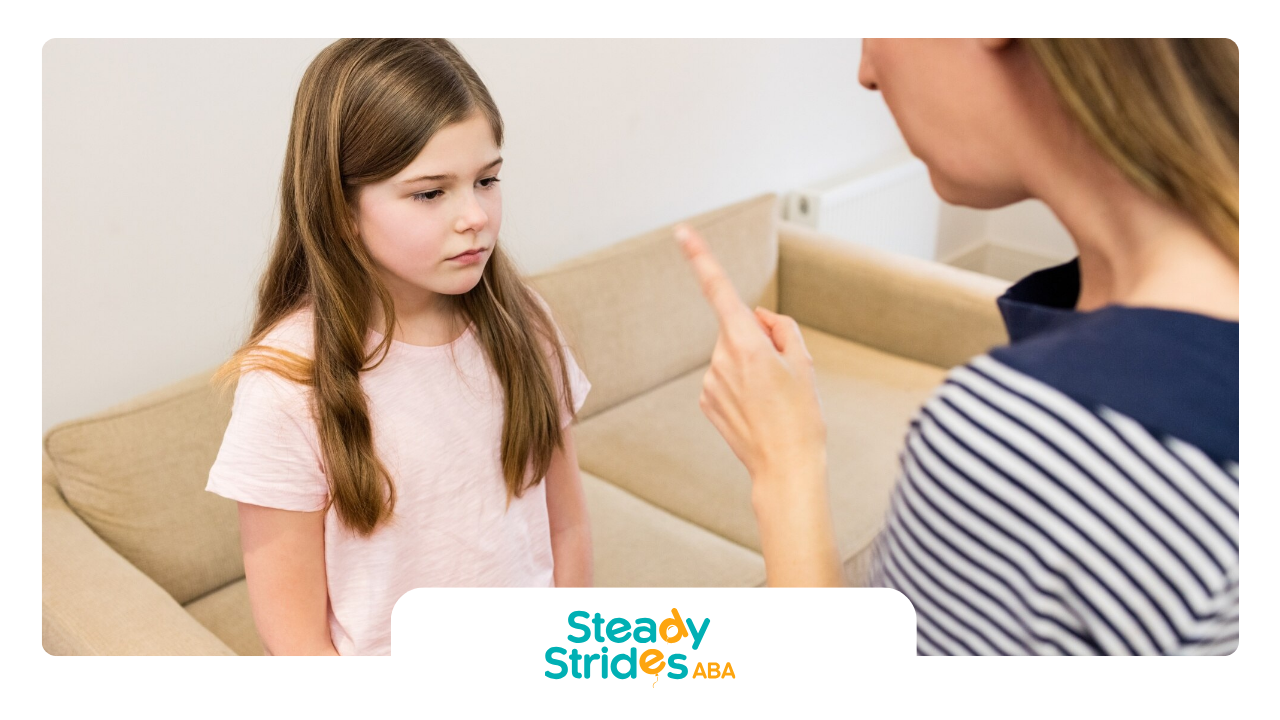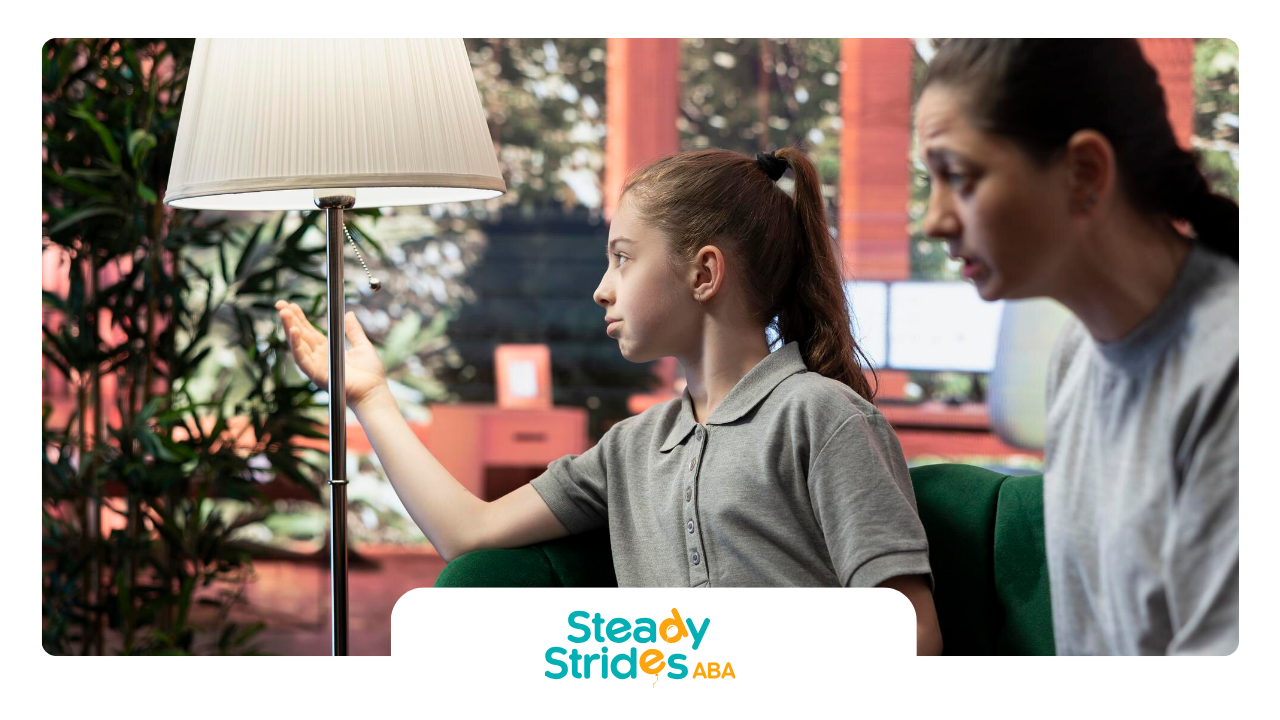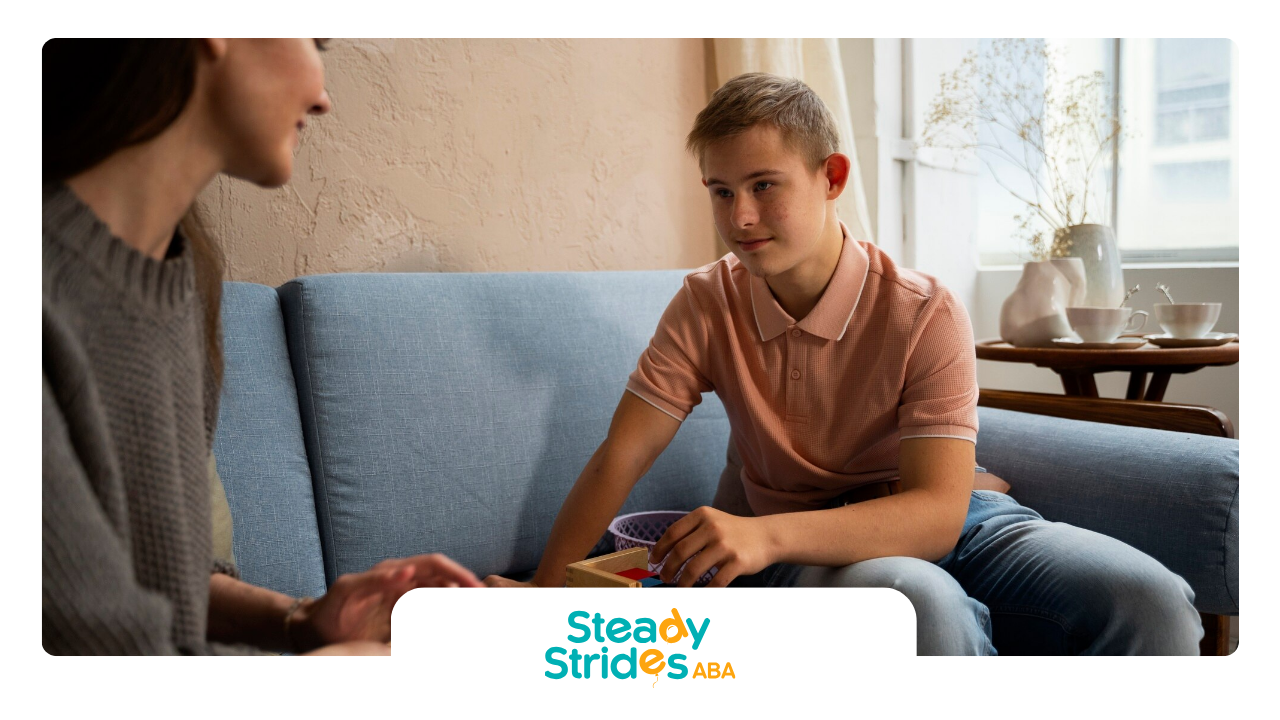Jumping can be a challenging and sometimes dangerous behavior for autistic children. It can lead to injuries, disrupt daily routines, and cause significant distress for both the child and their caregivers. Understanding the underlying reasons for jumping and implementing effective strategies can help manage this behavior and create a safer, more comfortable environment for your child.
In this article, we will explore various factors that may contribute to jumping behavior in autistic children and discuss practical approaches to address this issue. By implementing these strategies, you can help your child develop healthier coping mechanisms and improve their overall quality of life.
Understanding Autism Jumping
Jumping is a common behavior observed in many individuals with autism. It often manifests during moments of heightened emotions or excitement. While this behavior is not a definitive sign of autism, it tends to be more pronounced and frequent in those on the spectrum compared to neurotypical individuals.
Repetitive Behaviors in Autism
Repetitive behaviors are among the first signs of autism to emerge during toddlerhood. These behaviors tend to be more pronounced in individuals with lower cognitive ability. Historically, repetitive behaviors have been recognized as part of autism since the condition was first described by Leo Kanner and Hans Asperger.
Common forms of repetitive behaviors in autism include:
| Type of Repetitive Behavior | Description |
|---|---|
| Arm or Hand-Flapping | Movements of the arms or hands that may appear rhythmic or repetitive. |
| Finger-Flicking | Quick motions with the fingers, often done repetitively. |
| Rocking | Swaying the body back and forth in a rhythmic motion. |
| Jumping | Bouncing on the feet, often in response to excitement or emotional stimuli. |
| Spinning | Twirling the body or objects in a circular motion. |
| Head-Banging | Forcefully banging the head against a surface, can be harmful. |
These behaviors, known as 'stimming' or self-stimulating behavior, serve various functions for autistic individuals. Some researchers suggest that these actions help to shut out the outside world, while others believe they reflect a disorganized nervous system. Autistic individuals often describe their repetitive behaviors as a means of calming anxiety, generating awareness of their bodies, focusing concentration, or managing overwhelming sensations or emotions.
Significance of Jumping in Autism
The significance of jumping behavior is multifaceted. It can provide a release of pent-up energy or serve as a coping mechanism during intense emotional experiences. However, intense or constant jumping may prevent autistic individuals from engaging in important activities, such as learning at school. In some cases, it can lead to self-harm or harm to others, such as repeatedly banging their head against a wall.
Understanding the context and triggers for jumping behavior is crucial for parents and caregivers. By recognizing the emotional states that lead to jumping, they can better support their children and implement strategies to manage or reduce excessive jumping behaviors.
Factors Influencing Jumping Behavior
Understanding the factors that influence jumping behavior in children with autism is essential for parents seeking effective strategies to manage this behavior. Emotional triggers, dopamine-seeking tendencies, and the risk of injuries all play significant roles in the excessive jumping often observed in these children.
Emotional Triggers for Jumping
Jumping can be a response to various emotional triggers. Children with autism may engage in jumping when they experience excitement, anxiety, or sensory overload. This behavior can serve as a coping mechanism to filter information and manage overwhelming sensations.
| Emotional Trigger | Potential Jumping Response |
|---|---|
| Excitement | Increased jumping as a form of expression |
| Anxiety | Jumping to self-soothe or cope with stress |
| Sensory Overload | Jumping to filter excessive sensory input |
Dopamine Seeking Behavior
Jumping behaviors in autism can also be linked to dopamine-seeking behavior. The act of jumping can trigger the release of dopamine, a neurotransmitter associated with pleasure and reward. This creates a feedback loop where the initial jump, prompted by emotional responses, is reinforced by the pleasurable feelings that follow. As a result, children may continue to jump even after the initial trigger has passed.
| Behavior | Dopamine Response |
|---|---|
| Initial Jumping | Triggered by sensory overload or excitement |
| Continued Jumping | Reinforced by the pleasurable feelings of dopamine release |
Risk of Injuries
Excessive or uncontrolled jumping can significantly increase the risk of injuries, particularly in environments not designed for such activities. This poses challenges not only for the child’s safety but also for their independence. Inappropriate jumping can lead to falls, collisions, or other accidents, affecting the child’s ability to explore their surroundings safely.
| Environment | Risk Factors |
|---|---|
| Home | Hard surfaces, furniture obstacles |
| Public Spaces | Crowded areas, uneven terrain |
| Play Areas | Equipment not designed for jumping |
Recognizing these factors can help parents better understand their child's jumping behavior and develop effective strategies to address it.
How to Stop Autistic Child from Jumping?
Understanding and addressing jumping behavior in autistic children requires a deep awareness of sensory sensitivities and the creation of a supportive environment. Parents can implement effective strategies to prevent their children from jumping by focusing on these two key areas.
Understanding Sensory Sensitivities
Sensory sensitivities are common among individuals with autism and can significantly impact their daily lives. These sensitivities may lead to challenges in tasks such as getting dressed, bathing, or eating, which can result in heightened frustration and anxiety. By recognizing these sensory behaviors, parents can better understand the triggers that may lead to jumping episodes.
| Sensory Sensitivity | Potential Impact |
|---|---|
| Auditory | Overwhelmed by loud noises, leading to stress or jumping |
| Visual | Difficulty with bright lights or visual clutter |
| Tactile | Discomfort with certain textures, resulting in jumping as a coping mechanism |
Creating a Sensory-Friendly Environment
Making adjustments to the environment can often reduce behavioral episodes in autistic children. Implementing a sensory-friendly environment involves creating spaces that minimize sensory overload and promote comfort. This can include:
- Reducing Clutter: A tidy space can help reduce visual distractions.
- Soft Lighting: Utilizing soft or dim lighting can create a calming atmosphere.
- Noise Reduction: Soundproofing or using white noise machines can help manage auditory sensitivities.
Creating a sensory-friendly environment, providing sensory breaks, and implementing visual supports can help individuals with autism navigate their sensory challenges more effectively.
| Environmental Adjustment | Purpose |
|---|---|
| Sensory Break Areas | Designated spaces for calming down |
| Weighted Blankets | Provide comfort and grounding |
| Compression Tools | Help regulate sensory behaviors and reduce anxiety |
By understanding sensory sensitivities and creating an accommodating environment, parents can implement effective strategies to prevent their autistic child from jumping. These proactive measures can lead to a more harmonious and supportive atmosphere for both the child and their family.
Sensory Strategies for Regulation
Effective strategies to prevent an autistic child from jumping often involve sensory regulation techniques. Two significant methods include the use of weighted blankets and compression tools, as well as engaging in physical activities.
Weighted Blankets and Compression Tools
Weighted blankets and compression tools can be valuable resources for managing sensory behaviors among autistic children. These tools provide deep pressure input, which can help ground and relax individuals who may be seeking sensory input.
Weighted Blankets:
- Provides comfort and grounding
- Aids in relaxation
- Can improve sleep quality
Compression Tools:
- Offers deep pressure stimulation
- Helps reduce anxiety
- Can improve focus and calmness
Weighted blankets and compression tools can create a calming effect, making them particularly useful during times when jumping behaviors may be more likely to occur, such as during transitions or stressful situations.
Engaging in Physical Activities
Engaging in physical activities is another effective strategy for sensory regulation. Activities such as swimming, jumping on a trampoline, or rocking in a chair can provide the necessary deep-pressure stimulation and enhance body awareness.
| Activity Type | Description | Benefits |
|---|---|---|
| Swimming | Water provides resistance and a soothing environment | Reduces anxiety and Promotes relaxation |
| Trampoline | Bouncing allows for fun, sensory-rich experiences | Offers deep pressure input and Enhances coordination |
| Rocking Chair | Gentle movement can be comforting | Provides sensory feedback and Encourages calmness |
Encouraging daily physical activities can help release tension and may reduce stimming behaviors, including jumping. Engaging a child in such activities for even a few minutes each day can make a noticeable difference.
By incorporating these sensory strategies into daily routines, parents can help their autistic children manage jumping behaviors effectively.
Behavioral Strategies for Prevention
Implementing effective behavioral strategies can significantly help in managing jumping behaviors in autistic children. Two key areas to focus on are setting clear expectations and using positive reinforcement with clear directions.
Setting Clear Expectations
Establishing clear expectations is crucial for autistic children, as it provides a framework for understanding what is to come. Parents can inform the child about upcoming activities and transitions to help reduce anxiety and jumping behaviors.
| Strategy | Description |
|---|---|
| Visual Schedules | Use visual schedules to outline daily activities, helping the child anticipate what will happen next. This can reduce uncertainty and jumping due to excitement or anxiety. |
| Visual Timers | Implement visual timers or countdown charts to give the child a concrete understanding of time. This method helps in transitioning from one activity to another smoothly. |
| Consistent Routines | Maintain consistent daily routines to foster predictability. Children thrive when they know what to expect, which can decrease jumping behavior. |
According to IBCCES, letting the child know what to expect aids in reducing jumping.
Positive Reinforcement and Clear Directions
Positive reinforcement plays a vital role in encouraging desired behaviors, including reducing jumping. Acknowledging and rewarding compliance can motivate the child to follow directions.
| Strategy | Description |
|---|---|
| Specific Praise | Acknowledge the child specifically for complying with requests. For instance, saying "Great job sitting still!" reinforces the behavior. |
| Earning Privileges | Allow the child to earn privileges for demonstrating desired behaviors, such as completing tasks without jumping. This creates positive associations with calm behavior. |
| Clear and Concrete Directions | Provide clear, short, and concrete instructions. Children may respond better to simple language and visual cues, which make expectations more understandable. |
Utilizing these strategies fosters a supportive environment. Staying calm during interactions is essential, as yelling can exacerbate behaviors. By combining clear expectations with positive reinforcement, parents can effectively manage jumping behaviors in their autistic children.
Managing Jumping in Different Settings
Managing jumping behavior in autistic children can be a challenging task for parents. Implementing structured activities and maintaining a calm and consistent approach are essential strategies to prevent jumping.
Structured Hands-On Activities
Children with autism often benefit from structured hands-on or visual activities. Engaging in these activities can help keep the child focused and encourage calm behavior. Examples of these activities include:
| Activity Type | Purpose | Benefits |
|---|---|---|
| Computer Games | Focus and engagement | Improves concentration |
| Sorting Objects | Organization and focus | Develops fine motor skills |
| Completing Puzzles | Problem-solving | Enhances cognitive skills |
| Interactive Tasks | Engagement and learning | Encourages social interaction |
These structured activities not only provide a distraction but also serve to channel the child's energy into productive outlets. Table 1 below summarizes some effective structured activities:
Additionally, using teachable moments and creating clear tasks with visual endings can further support behavior management. Establishing a predictable environment helps prevent overstimulation and challenging behaviors.
Stay Calm and Consistent Approach
Consistency is crucial when managing jumping behavior. Behavioral training techniques can be effective in reinforcing desired behaviors. For example, calmly and firmly stating phrases like "Stay in bed" or "No jumping" can help reduce unwanted behaviors over time. The effectiveness of these statements relies on the parent's consistency in reinforcing instructions.
The table below illustrates some key phrases and their intended outcomes:
| Phrase | Intended Outcome | Additional Notes |
|---|---|---|
| "Stay in bed" | Encourage staying put | Reinforces desired behavior |
| "No jumping" | Discourage jumping | Helps establish boundaries |
| "Let's play quietly" | Redirect energy | Focuses on calm activities |
A calm demeanor from parents can also help establish a sense of security for the child, making it easier to manage jumping behaviors. Consistent responses to jumping can create a more predictable environment, which is beneficial for children with autism. For children who enjoy jumping but may pose safety risks, consulting with an occupational therapist for sensory techniques can be beneficial.
Incorporating exercise into daily routines can also release tension and reduce stimming behaviors, potentially helping to decrease jumping. Engaging children in physical activities for several minutes daily might assist in reducing jumping and other stimming behaviors effectively.
Seeking Professional Support
For parents seeking effective strategies to prevent their autistic child from jumping, professional support can be invaluable. Two key areas of support are occupational therapy and physiotherapy. Both disciplines focus on enhancing the child's overall well-being and addressing specific needs related to jumping behavior.
Occupational Therapy for Sensory Needs
Occupational therapy plays a crucial role in assessing and addressing the sensory sensitivities that may contribute to jumping behavior in autistic children. Occupational therapists can evaluate the child's sensory needs and develop individualized plans to manage them effectively. This may include strategies to cope with taste, smell, and sound sensitivities that can affect daily life.
| Key Roles of Occupational Therapy | Benefits |
|---|---|
| Assess sensory needs | Identifies triggers for jumping behavior |
| Develop management plans | Provides strategies for sensory regulation |
| Collaborate with other professionals | Ensures a comprehensive approach to treatment |
By creating a sensory-friendly environment and providing targeted interventions, occupational therapists can help reduce jumping behavior and improve the child's ability to engage in daily activities.
Physiotherapy for Motor Development
Physiotherapy is another essential support service for children with autism. It focuses on addressing motor impairments, which can include difficulties with coordination, posture, and respiratory control. Physiotherapists can implement early intervention programs that stimulate the development of functional motor skills, allowing the child to compensate for any disturbances in their motor abilities.
Some significant aspects of physiotherapy include:
| Physiotherapy Focus Areas | Benefits |
|---|---|
| Coordination improvement | Enhances overall motor skills |
| Posture correction | Reduces discomfort while standing or sitting |
| Play-based therapy | Encourages confidence in physical abilities |
Physiotherapy may also involve hydrotherapy, which is beneficial for motor skill development and provides sensory input in a calming environment. Engaging in swimming and other aquatic activities can help improve range of motion and mobility while reducing anxiety and spasticity.
By working closely with occupational therapists and other healthcare providers, physiotherapists can create a collaborative approach to support the child's development and mitigate jumping behavior.
Conclusion
Steady Strides ABA is more than just an ABA provider; we're a partner in your child's journey. Our evidence-based approach, combined with a compassionate and supportive team, ensures that your child receives the highest quality care. By choosing Steady Strides ABA, you're investing in your child's future and empowering them to live a more fulfilling life.
Are you tired of the constant worry and stress that comes with your child's jumping behavior? Steady Strides ABA is here to help. As the leading ABA therapy provider in Texas, we offer personalized treatment plans tailored to your child's unique needs. Our experienced therapists use proven techniques to help your child develop coping mechanisms and communication skills, reducing the frequency and intensity of jumping episodes.
Don't let jumping limit your child's potential.
Contact Steady Strides ABA today to schedule a consultation and discover how we can make a positive difference in your child's life.












